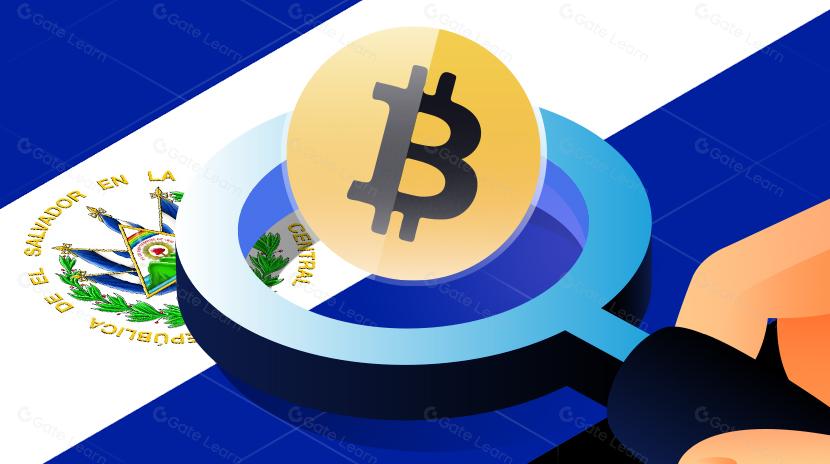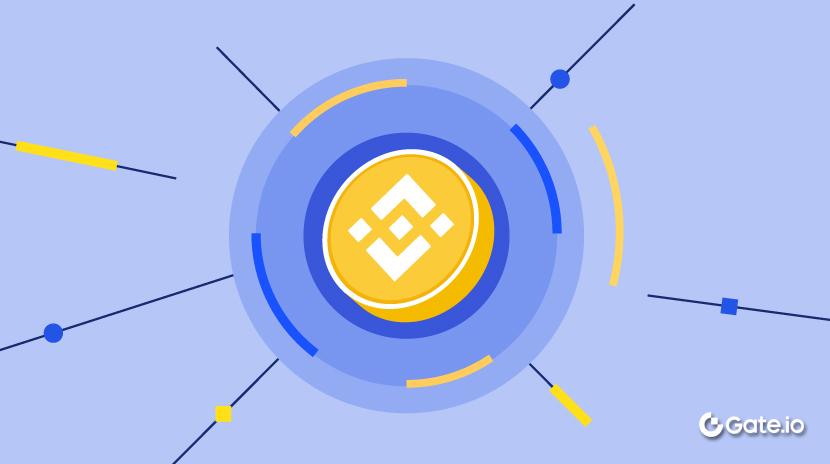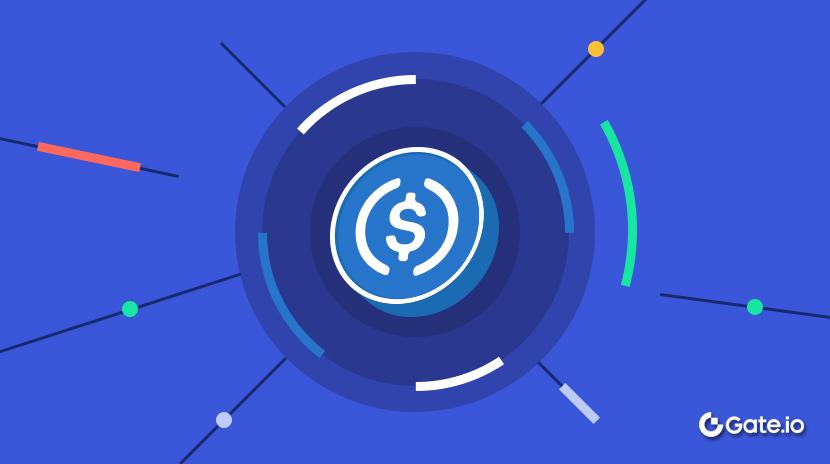A Grande Mentira do TPS: A Obsessão da Cripto em Resolver Problemas que Ninguém Tem
Todas as semanas, outro L1 ou L2 é lançado com a mesma afirmação: "Podemos processar 100.000 transações por segundo!"
Por vezes são 50.000. Por vezes são 1 milhão.
O número específico não importa porque quase sempre é uma baboseira.
A competição de velocidade de transação Medindo o comprimento do pênis
As guerras de escalabilidade evoluíram para a competição mais embaraçosa da cripto. Cada novo protocolo deve reivindicar um TPS mais alto que o anterior, independentemente de essas velocidades serem:

- Na verdade, alcançável fora de sua rede de testes AWS (spoiler: eles não estão)
- Significativo para qualquer aplicação do mundo real
- Necessário para qualquer coisa que os humanos realmente usem
Esta obsessão com o débito é a versão do mundo da cripto de conduzir um Lambo diariamente na hora de ponta. As especificações não são o problema, o contexto é.
Vamos falar de números reais
Visa, o gigante global de pagamentos que lida com transações para literalmente bilhões de pessoas, processa cerca de 1.700 transações por segundo em média. O seu máximo teórico é de cerca de 24.000 TPS, mas nunca precisaram dessa capacidade em décadas de operação.
Entretanto, a maioria dos projetos de blockchain luta para atrair sequer 100 utilizadores diários ativos.
Se o seu Discord tem mais reações de emoji do que a sua cadeia tem transações, você pode estar resolvendo um problema imaginário.
Os Custos Ocultos da Escalabilidade Size Queen
Uma obsessão com a taxa de transferência teórica cria problemas do mundo real que prejudicam os utilizadores.
Primeiro, há centralização disfarçada: perseguir altos TPS muitas vezes significa sacrificar a descentralização em prol de um número de marketing.
Depois vem o teatro da segurança: na pressa para escalar, são cortados cantos, criando vulnerabilidades que eventualmente levarão a explorações.
A seguir está o esgotamento do cérebro dos engenheiros: em vez de construir coisas de que os utilizadores realmente precisam, os melhores talentos ficam presos na otimização de benchmarks sintéticos.
E, finalmente, deceção total: as redes promovem números de laboratório que colapsam sob condições do mundo real.
A Verdade Desconfortável
A obsessão pela escalabilidade extrema existe por duas razões:
- Precisa de tecnologia impressionante para justificar a sua captação de $100M
- Está a tentar desesperadamente diferenciar a sua blockchain num mercado com mais de 5000 outras opções
As necessidades do utilizador são um pormenor. O verdadeiro jogo é fazer com que o retalho acredite que você é o fim - com os VCs a apoiarem a sua narrativa de TPS como os seus KOLs mais ruidosos.

Construir Algo Que Importa
Se estiveres realmente a construir neste espaço, aqui está a tua verificação da realidade:
- Concentre-se em criar algo que não existiria sem blockchain
- Desenhar economias que não exijam novos otários para comprar todos os meses
- Criar interfaces que não façam com que os humanos normais queiram partir os seus computadores
- Construa na escala que o seu caso de uso real requer, não o que soa impressionante num pitch deck
A Realidade da Escalabilidade
Da próxima vez que um projeto se vangloriar de processar 500.000 TPS, pergunte: "O que todas essas transações estão realmente fazendo? Quem as está gerando? Com que propósito?"
Quando começarem a murmurar sobre a "adoção futura" e "web3 social", você terá a sua resposta.
A verdadeira inovação não se trata de desempenho teórico no vazio. Trata-se de construir algo que as pessoas realmente precisam, numa escala adequada para essa necessidade.
Tudo o resto não passa de arte de desempenho cara disfarçada de tecnologia.
Eu estava tendo um domingo monótono e precisava de um pouco de tempero, então aqui está uma verdade explosiva que ninguém pediu ;)

Aviso Legal:
Este artigo é reproduzido a partir de [X]. Todos os direitos autorais pertencem ao autor original [@therosieum]. Se houver objeções a esta reimpressão, entre em contato com o Gate Aprenderequipa e eles lidarão com isso prontamente.
Aviso de Responsabilidade: As opiniões expressas neste artigo são exclusivamente do autor e não constituem qualquer conselho de investimento.
As traduções do artigo para outros idiomas são feitas pela equipe da Gate Learn. Salvo indicação em contrário, é proibido copiar, distribuir ou plagiar os artigos traduzidos.
Artigos relacionados

Utilização de Bitcoin (BTC) em El Salvador - Análise do Estado Atual

O que é o Gate Pay?

O que é o BNB?

O que é o USDC?

O que é Coti? Tudo o que precisa saber sobre a COTI


